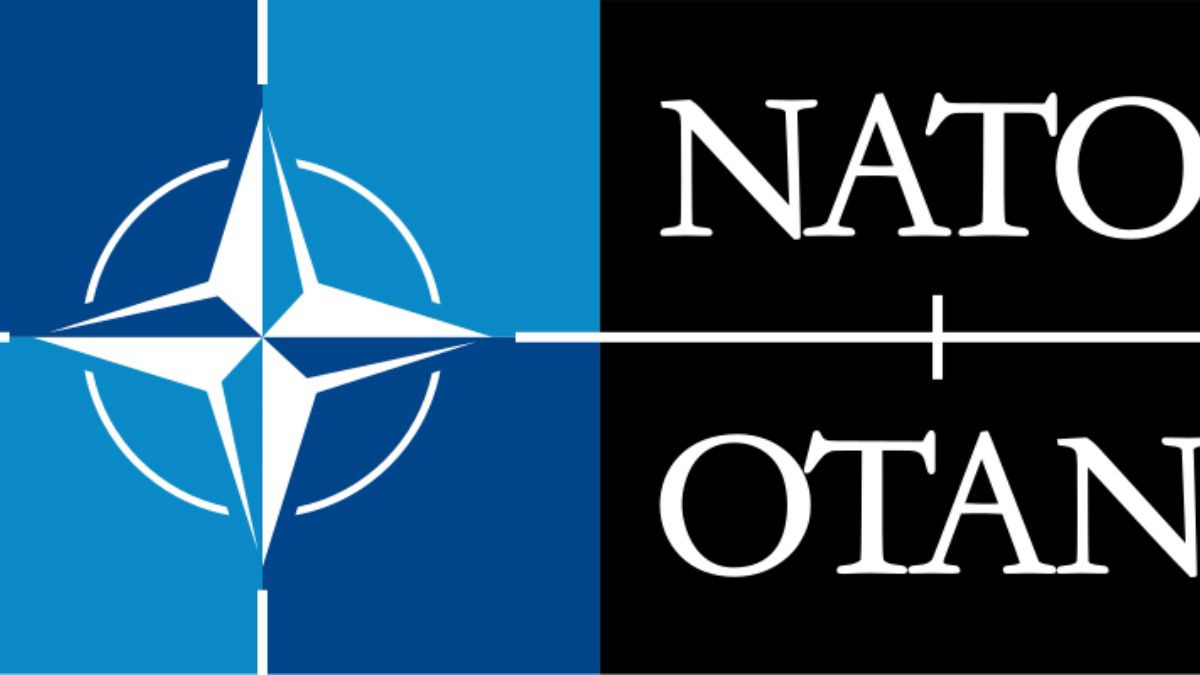As Europe upgrades its infrastructure for military mobility, it’s clear that modern defense requires more than just physical improvements. Protecting 5G communications, reinforcing cybersecurity, and managing data sharing are crucial aspects of NATO’s defense strategies.
Imagine a scenario where NATO faces a threat on its eastern border. Headquarters orders reinforcements to rush to the border, with 100,000 troops supposed to arrive within ten days and an additional 200,000 troops within 30 days. However, the enemy slows their progress by disrupting communications and hacking into defense systems. Before NATO’s reinforcements arrive, the enemy seizes a significant piece of territory.
Since the invasion of Ukraine, Europe has upgraded its physical infrastructure for military mobility. However, modern dual-use infrastructure means that military mobility is more than just traditional engineering. Three key issues stand out where technology plays a crucial role:
- Protecting 5G Mobile Communications: 5G technology is essential for military preparedness, as it enhances the speed and efficiency of military logistics. However, it must be protected against hostile disruption and information leakage.
- Reinforcing Cybersecurity: Hostile powers or cybercriminals can attack or infiltrate both civilian and military infrastructure. Cyberattacks against telecom networks could disrupt military convoys or reveal sensitive information.
- Managing Data Sharing: While data sharing is essential for innovation, it must be carefully managed to prevent national security risks. The EU’s Data Act, which encourages data sharing among companies, could potentially endanger national security if not managed properly.
In conclusion, as Europe upgrades its physical infrastructure for military mobility, it must also invest in protecting 5G communications, reinforcing cybersecurity, and managing data sharing to ensure the effectiveness of NATO’s defense strategies.


